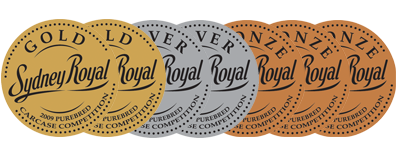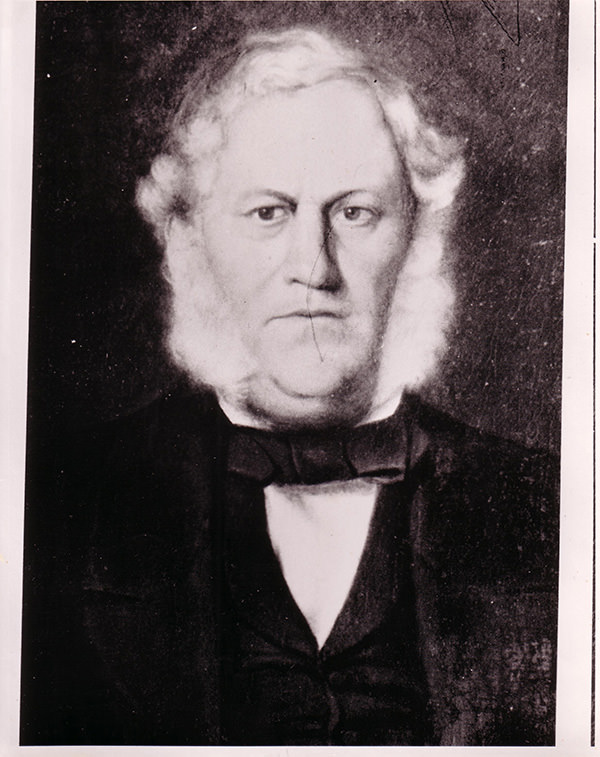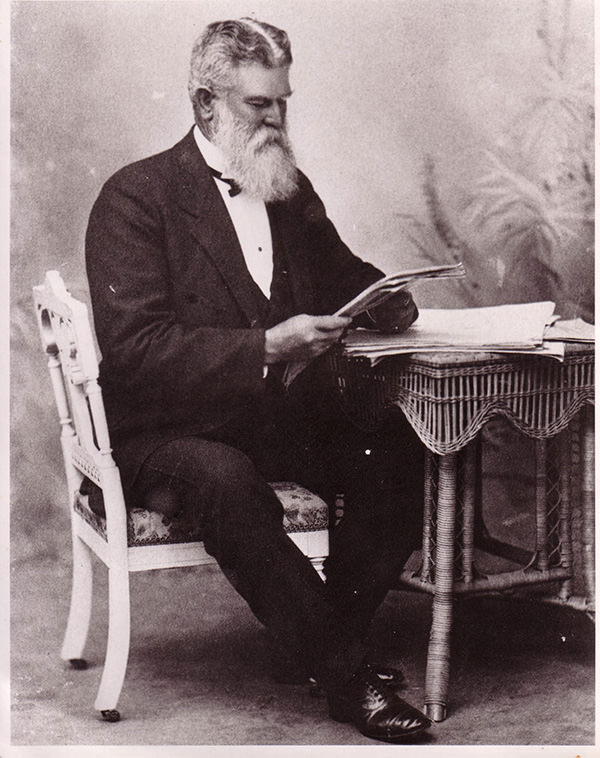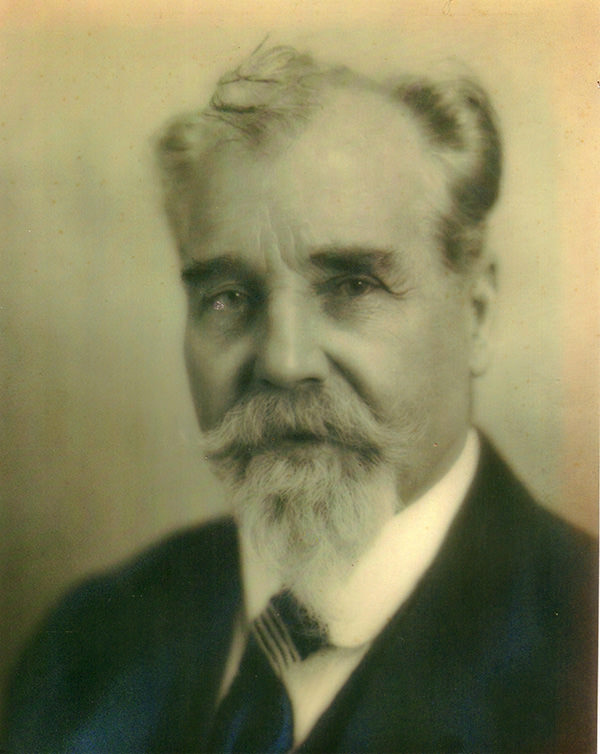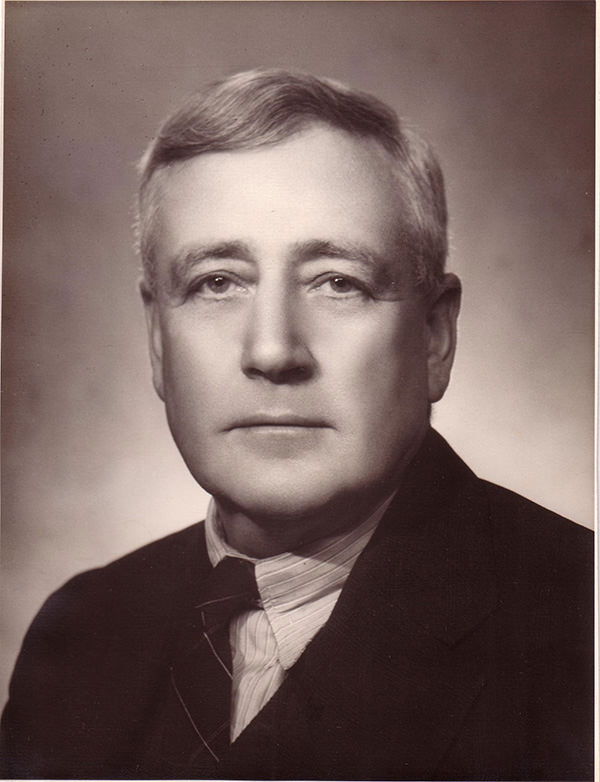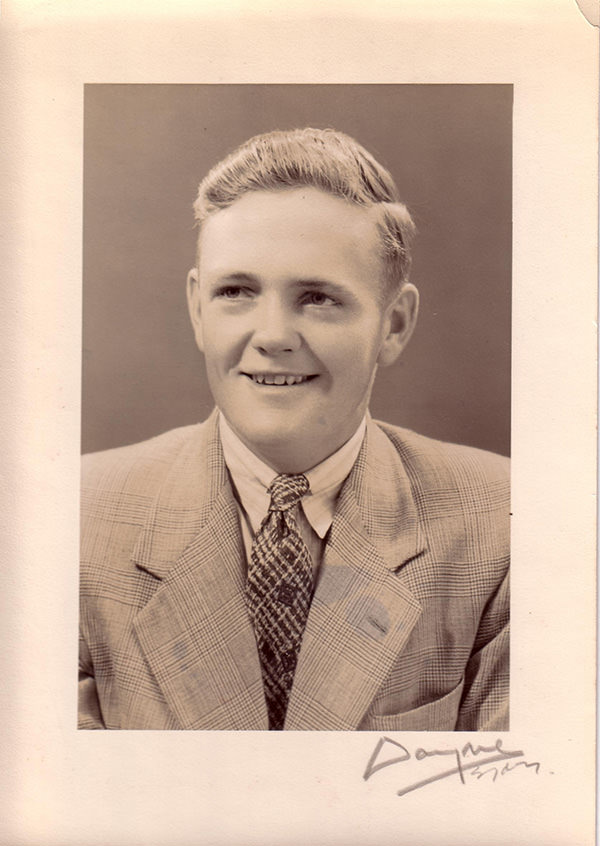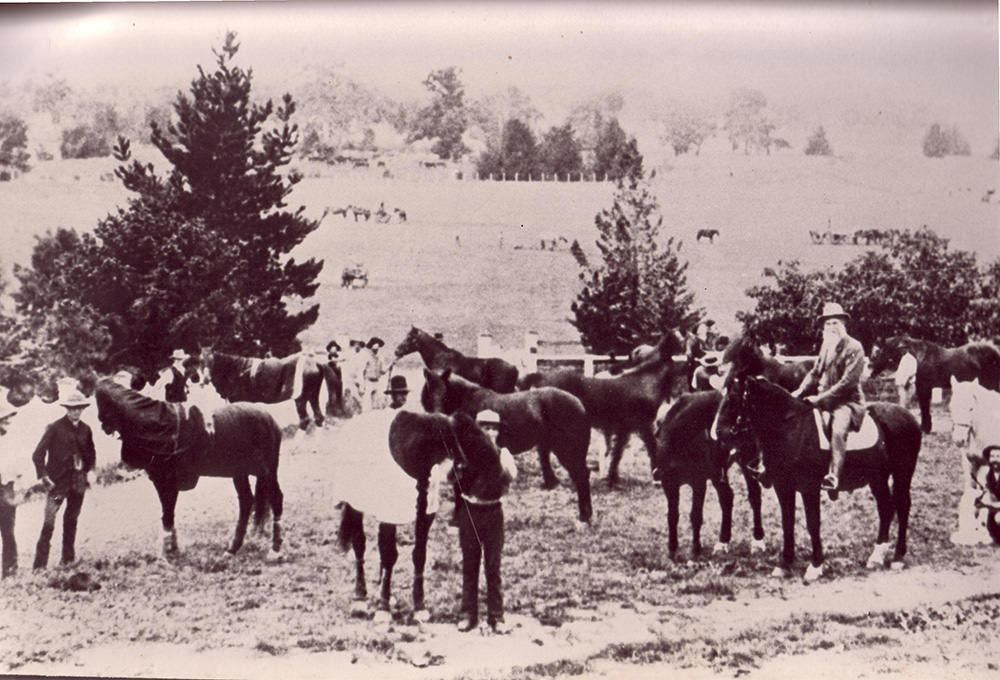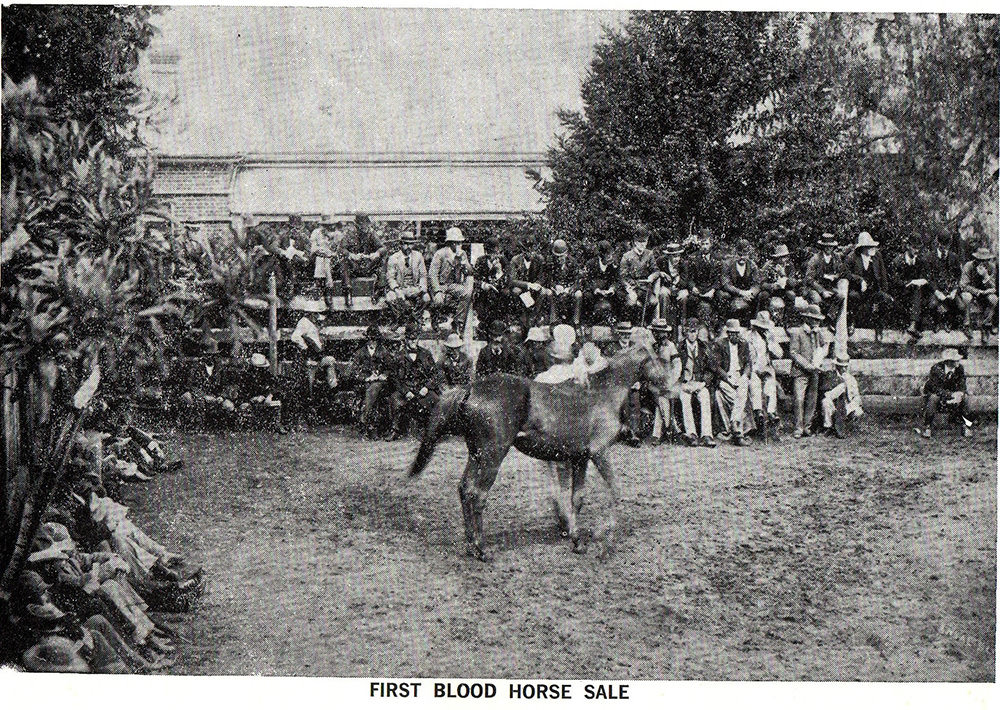History
Turanville Shorthorns
Performance Beef
Hunter Valley
History
Turanville Shorthorns
Performance Beef, Hunter Valley
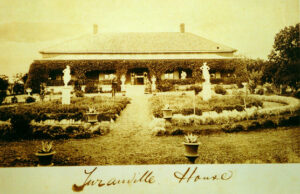
Acquisition & Settlement
The country occupied by and surrounding Turanville was originally surveyed during 1824 and 1825 by Henry Dangar who worked as a government surveyor. Turanville was one of the first five land grants in the Upper Hunter Valley to be occupied.
Henry’s brother William Dangar arrived in the colony in 1825 and acquired an 800 acre land grant which he named Turanville. He also acquired permission to purchase additional acreage adjacent to Turanville. William Dangar was a good citizen and neighbour providing financial support to those in need and contributing significantly to the appeals for the construction of St Luke’s Church of England in Scone.
In late 1857 William returned to England leaving his nephew Thomas Cook to manage Turanville. In 1863 Turanville was formally leased to Thomas Cook in conjunction with five other properties on the Liverpool Plains. William Dangar died in 1868 and left Turanville with the adjacent blocks to Thomas Cook.
On 10 March 1867 Thomas Cook married Charlotte Bentley Sibly at Turanville homestead.
In 1870, with the extension of the railway from Muswellbrook, rail lines were laid through Turanville almost parallel to the Great North Road. Thomas Cook was present as one of the leading figures of the area at the opening of the line to Scone in 1871.
William Dangar
Thomas Cook
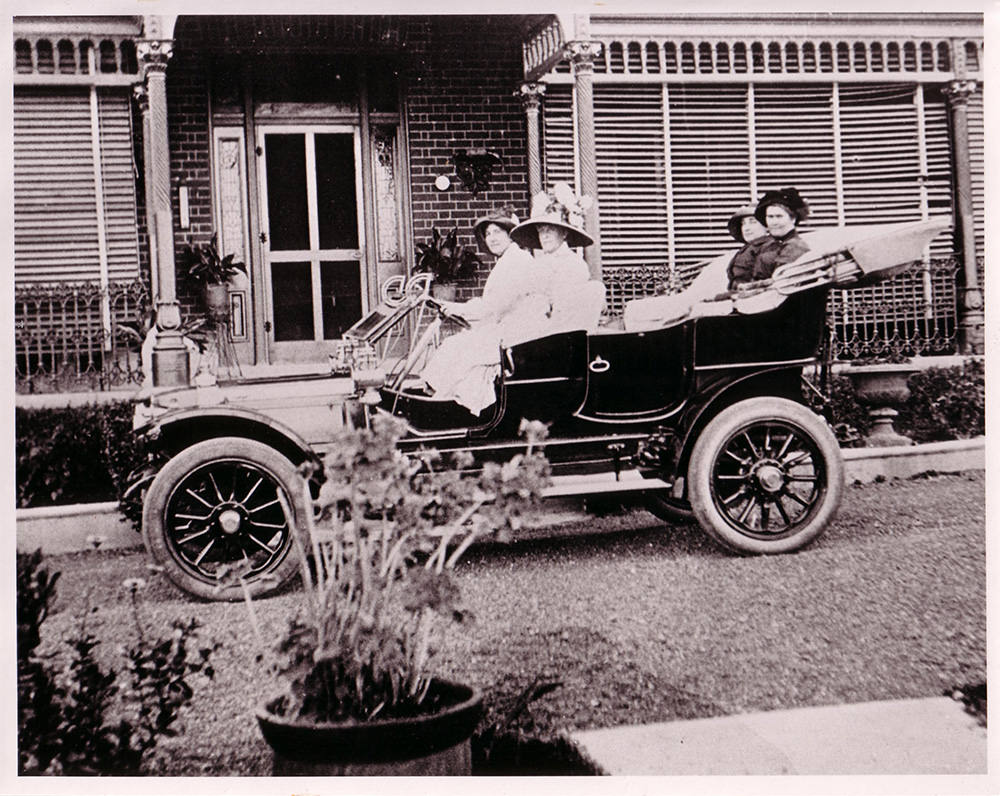
Charlotte Cook’s life followed much the same pattern as most women of her time and station. Photographs survive of her as a serene, rather plump little lady in high lace bonnet and silk gown, presiding over the teacups on the terrace at Turanville surrounded by her young relatives. Some formal duties were performed by her – in 1883 she laid the foundation stone of the new Church of St Luke. In 1893 she founded the School of Arts at Aberdeen. Due to an already weak heart and following deaths of two of her young relatives – Charlotte’s health deteriorated and she died in May 1903 at the age of 59. She was buried at St Luke’s Scone.
By the early 1880’s Cook had added extensively to Turanville, bringing its total area to about 10000 acres.
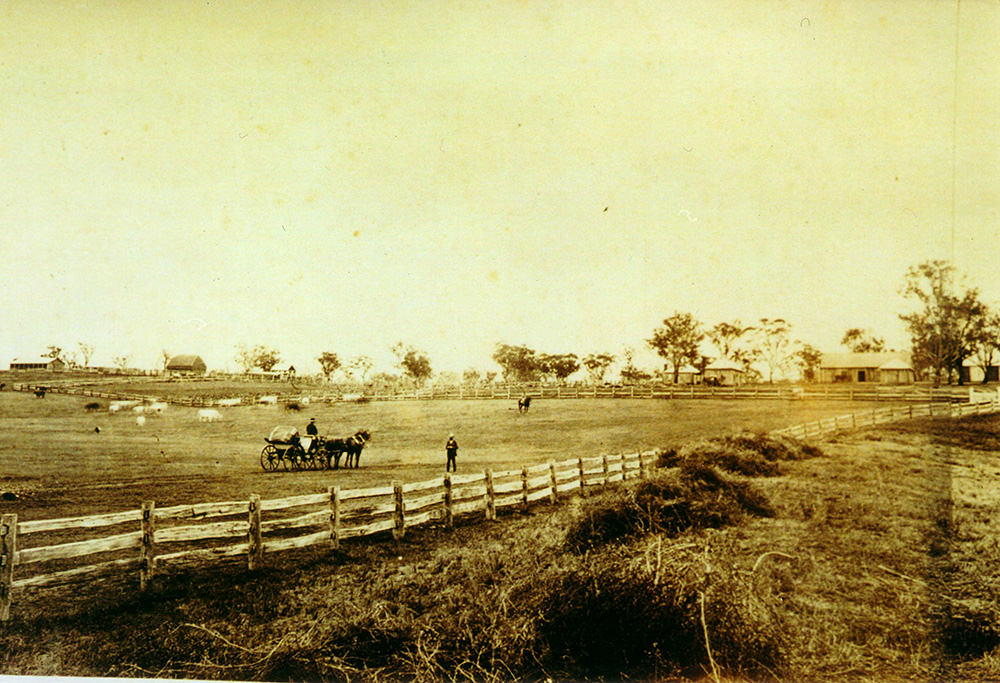
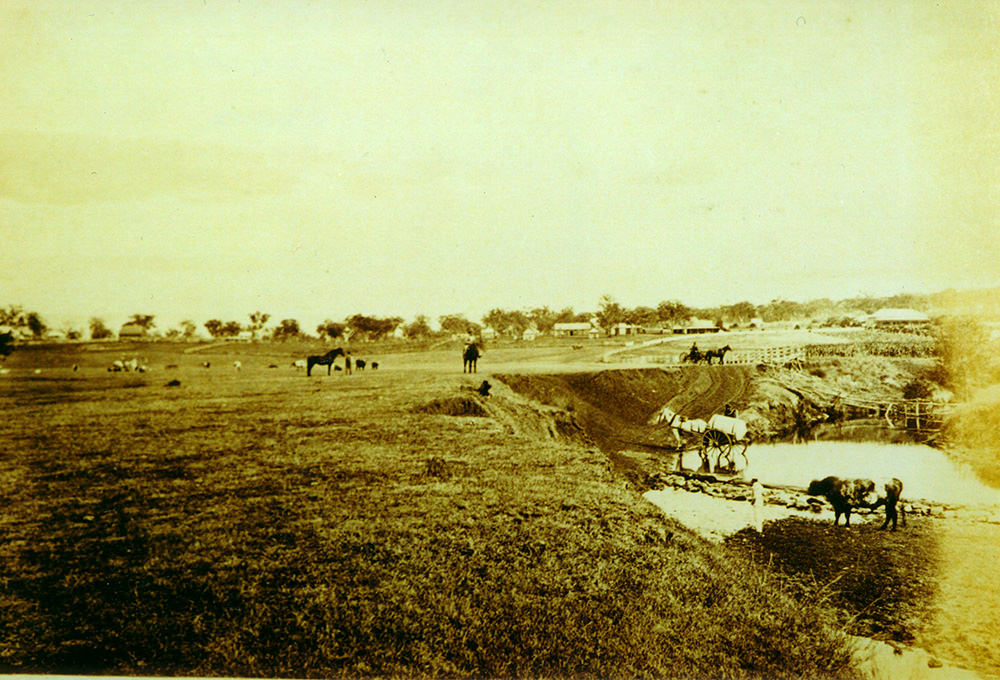
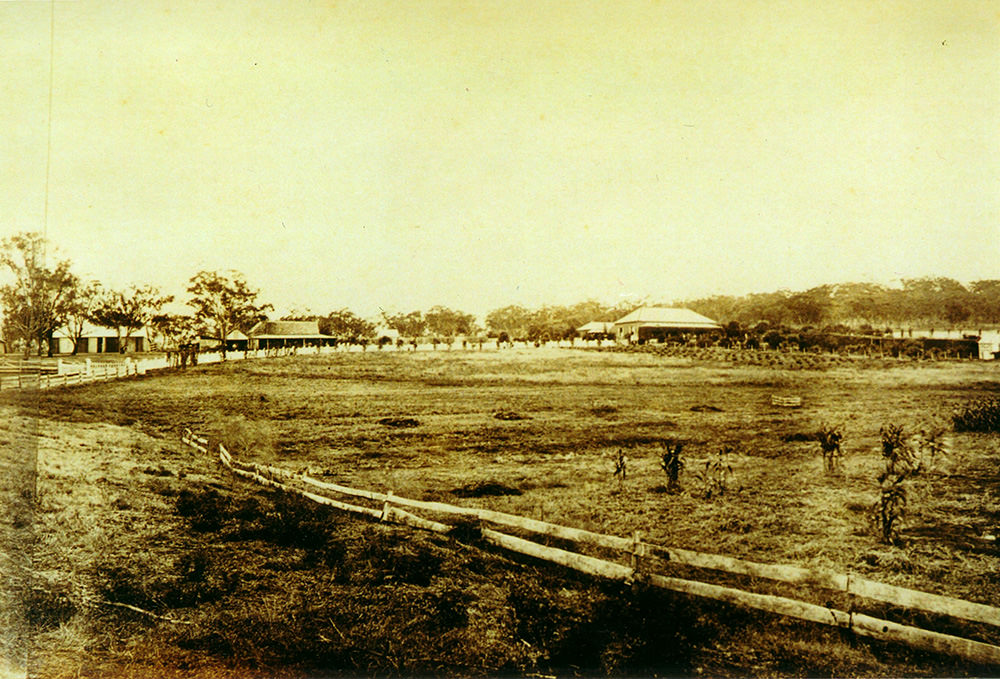
The Homestead
After Thomas Cook assumed ownership of Turanville, a new homestead was designed and built probably in the early 1870’s – containing 12 rooms and offices.
Around 1900 the shingled roof was replaced by iron and a front porch added.
Gardens were laid out when the house was built. Water was pumped up from the Kingdon Ponds to a reservoir behind the house, supplying the shrubbery, garden and household by gravitational feed. Altogether the gardens comprised of about 20 acres with ornamental trees and flowers, and all varieties of fruit trees and vegetables.
In 1946 the homestead was modernised. The old separate kitchen block was demolished and a kitchen installed at the Northern end of the homestead. A
new Southern wing was also added.
In 1888 a telephone line was installed connecting Turanville with Scone. This was the first known country connection with the Scone exchange.
Thomas Cook died of pneumonia on 13 July 1912 at the age of 78. The man known as “The Squire of Turanville” was mourned by the people of the district to whom he had been a great benefactor, a community man, always kind and generous. He was buried in the Cook family grave at St Luke’s Scone.
Turanville was sold in 1912 to Mr Hugh Corbett Taylor (the present owner’s Great Grandfather).
Taylor’s daughter Helen Ethel Moore and her husband Douglas Hamilton Robertson took over the running of the property in 1938. D.H. Robertson was a well known horse and cattle breeder. He was a Vice president of the RAS for 5 years before his sudden death in 1967.
In 1963 his son Jock Douglas Robertson and his wife Elizabeth (nee Widdis) assumed the running of Turanville.
Jock’s son Douglas Hugh Robertson and his wife Nicola (nee White) have operated the property since 2003, now with the assistance of their children Angus, Henry and Sophie.
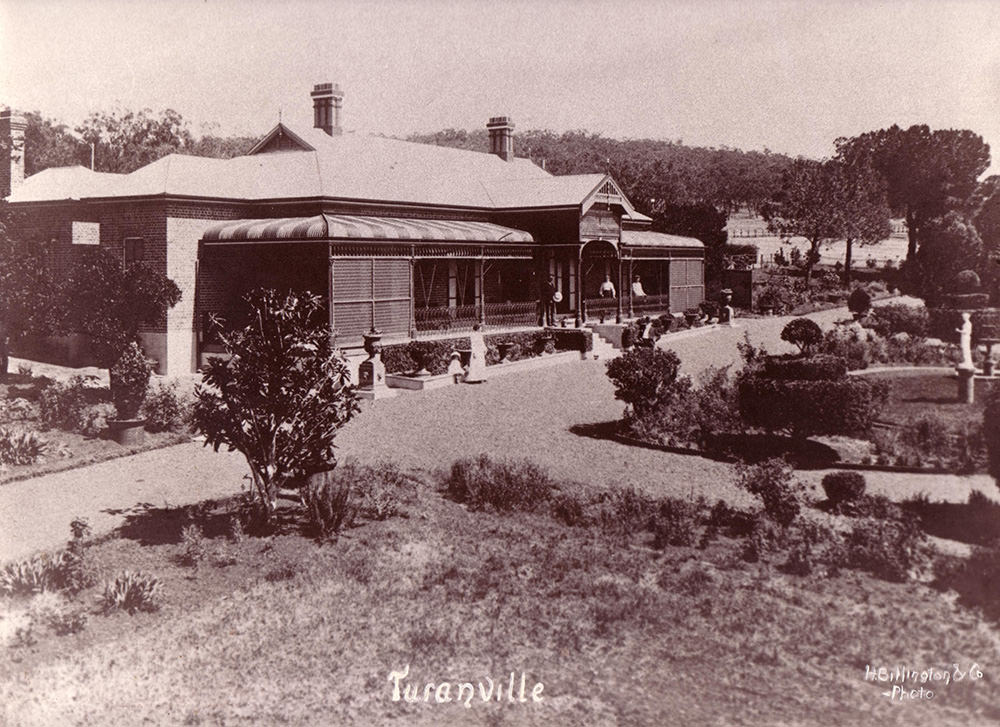
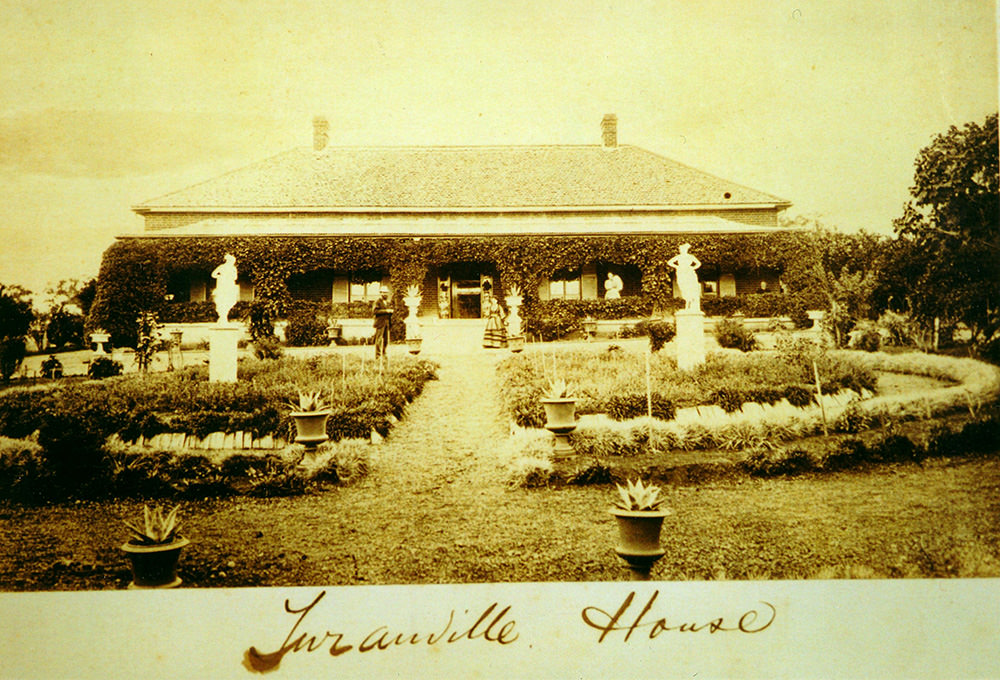
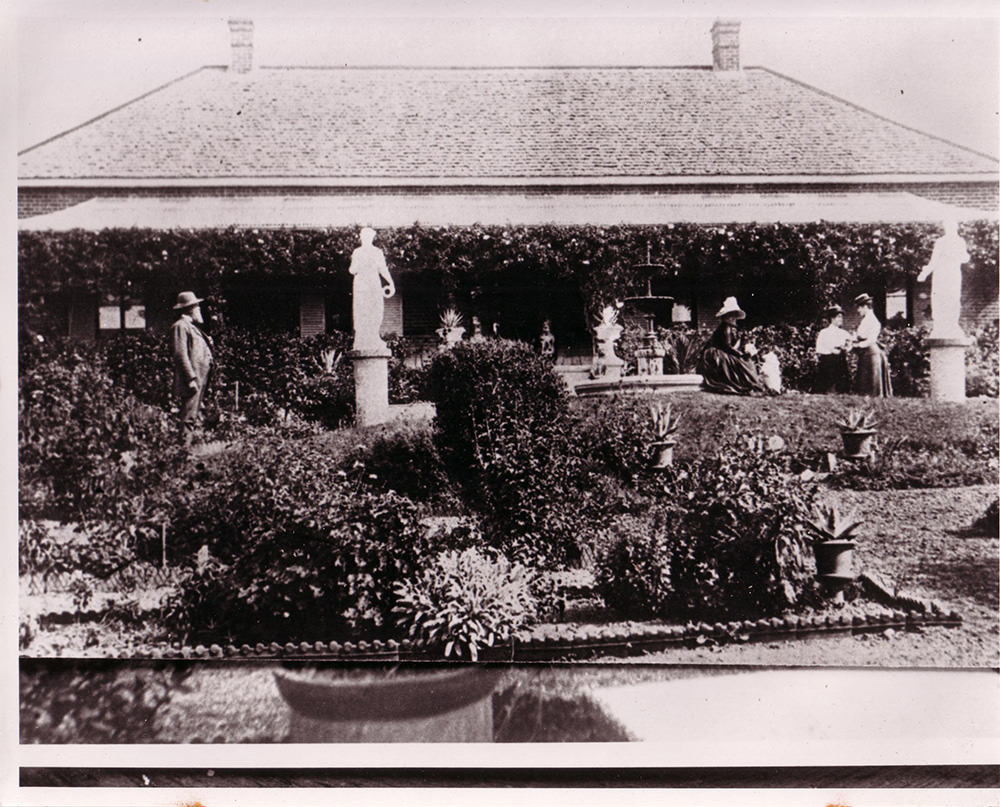
Hugh Corbett Taylor
Douglas Hamilton Robertson
Jock Douglas Robertson
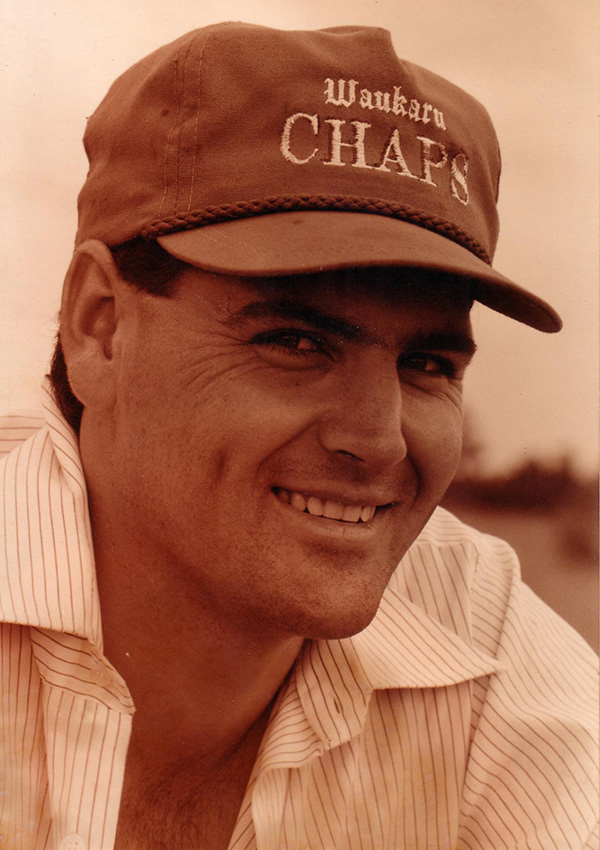
Douglas Hugh Robertson
The Horse Stud
Horse breeding was a passion of Thomas Cook’s and he was a leader in making horse breeding a successful industry in the district. In 1882 he had about 400 horses, 180 breeding mares, 5 stallions and several stallion foals. His horses were described as thoroughbred, crossbred and English roadsters.
On 21 February 1893 the first annual horse sale was held at Turanville with buyers and spectators from all over Australia and even from India. The catalogue listed more than 100 thoroughbred colts and fillies and two pairs of trotting cobs. The sale was a great success and thence forward in February or early March of each succeeding year the sale continued.
Around 1907 Cook gave up breeding on the grand scale of former years. He retained about 25 brood mares. Sales were transferred from Turanville to saleyards in Muswellbrook in 1910. The last Annual Turanville Blood Stock Sale was held on 5 March 1912 at Muswellbrook.
The Disposal sale of the Turanville Stud was conducted on 9 September 1912 following Thomas Cook’s passing earlier that year.
The Cattle Stud
The breeding of registered Polled Shorthorns began in 1934 after a long history of horned cattle. Eight foundation females were purchased from the Arcot stud in Queensland and formed the nucleus of the Albinia(Qld) and Turan(NSW) herds of D.H. Robertson. The stud was given a strong Weebolla and Gundibri influence in the 70’s and early 80’s.
There has always been an emphasis on medium maturity and maternal value in the Turanville herd to offer marketing options from vealers through to export categories.

